Back to The Discus.com Learning Center
Back to The Discus.com Learning Center
Receiving your first shipment of fish is very exciting but also a bit worrisome. I felt like a new mother and of course never slept the whole night knowing they would be at the airport in the morning.
The shipper: He starts planning a few days ahead to organize the shipping. He starts by making sure not to feed them a day or so ahead, depending on how long of a trip. This makes sure there’s little waste in the bag and less ammonia. He arranges the shipping plans with the airline or other service and finds the most direct route to your house.
The fish are usually double or triple bags depending on how large they are. They get about 1/3 water and 2/3 oxygen. They are all put into a styrofoam container with heat packs if needed depending on the time of year. And then into a cardboard box. Usually the shipper will call or email you with the tracking number and time of arrival.
What I’ve always done is I check with my end and make sure the cargo hours correlate with the arrival time. Some airline cargo offices are open all night whereas some close at 6:00pm.
Your end: You should have a clean cycled tank ready to go . Your fish should always have their own tank and quarantine rules should be followed. Most breeders specify at what parameters the fish were kept at and also what they were fed. If not, it is suggested that you ask them. I would also ask the breeder how he suggests acclimating the fish.
The method I have always used is to open the bag, catch the fish in my hand and straight into the new water.
If your tank ph is close to the bag pH then introducing them to their new home is easy. However normally during long transit, the pH can get very low in the bag due to the fish waste and Co2 produced. So in most cases, the pH in your tank will be higher. If it is a lot higher, then you will need to gradually raise the pH in the bag.
Reason being, when the fish are in a low pH the ammonia in the bag is non-toxic. But once oxygen is added by the action of opening the bag or adding them into a higher pH environment, the ammonia can burn their gills and fins. So I’ve found the best way is to place them directly into the tank. But again, check with your breeder for his acclimation suggestions.
I usually add one tablespoon salt to each 10 gallons of water to my tank before they arrive. And also keep the temperature at about 90 degrees for the first few days, then gradually lowering it.
It may take a day or so for your new fish to start eating. On most shipping occasions, the fishes I received were swimming around and waiting for their first meal once in the tank. This of course depends on what size group you’ve received, stressed, etc… Normally, if you received a smaller group, they could be shy for a few days.
Feed them small meals and be sure no extra food sits on the bottom of the tank. Eventually as they become more relaxed you will find them swimming higher up and then finally meeting you at the top waiting for their meals.
I have received many shipments over the last 3 or 4 years to Vancouver, Canada, some from as far away as Australia. Those fish were in transit for about 36 hours. They came with no fin damage and were up right away.
Out of all the fish I have ordered I have maybe lost one or two fish. If one does arrive D.0.A. then you need to let the breeder know .
Usually the breeder will call or email to make sure all went well. Or you can call or email the breeder and let him know that the fishes arrived and are safely in your tank.
On the whole I feel its been a rewarding experience and feel I have gotten some very nice fish which could not have been obtainable otherwise locally . I recommend it if you have never received your fish via shipping. Its quite easy and you will find yourself to be a proud new owner of some great looking fish.

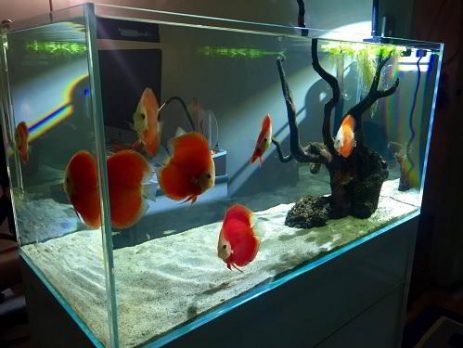
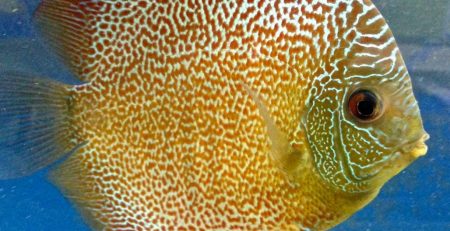
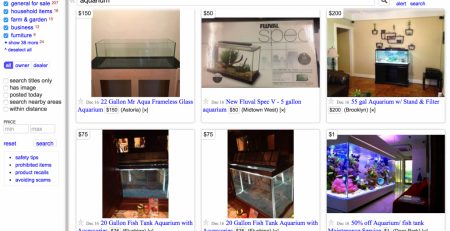

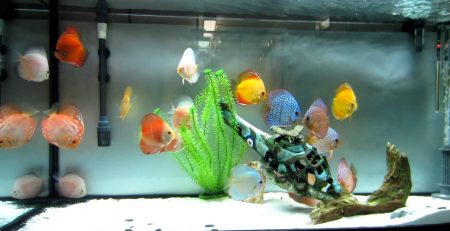

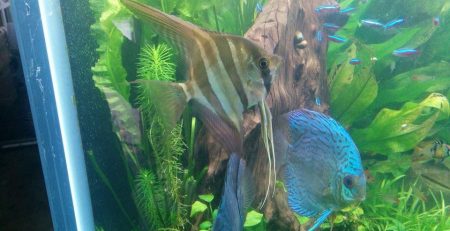
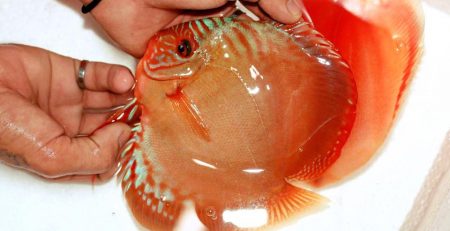
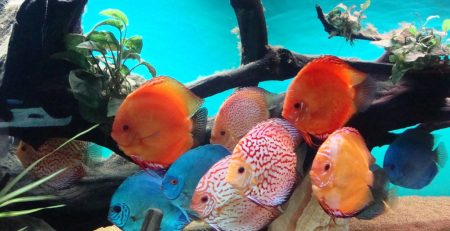
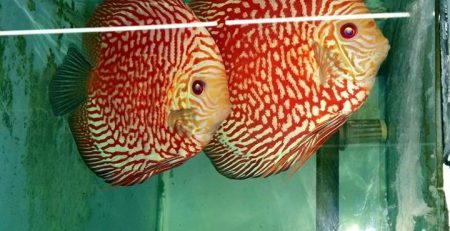

Leave a Reply
You must be logged in to post a comment.